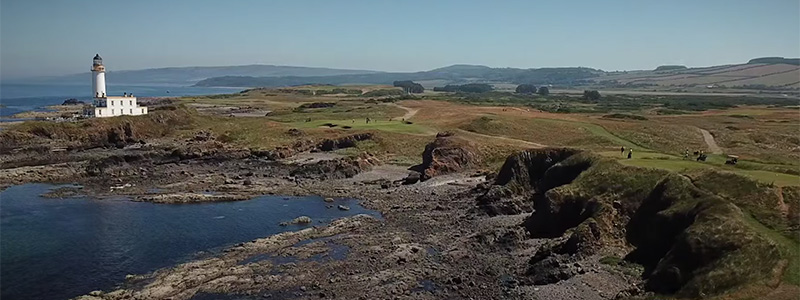As golfers we have all heard the term “links” but few of us unquestionably know exactly what it means. It seems, expressly in the USA, that the term links has infiltrated some golfers speech habits to such an extent that the phrase “links” has now wilt synonymous with “golf course”, but this should not be the case.
Links courses are a very specific kind of golf course; a kind of golf undertow that helps us hold on to the traditions of the game and courses that hold an important place in the game’s history.
Sometime during the 15th century golf was born in St Andrews and without some time the East tailspin of Scotland started seeing increasingly and increasingly golf courses built on land that was wontedly referred to as “the links”.

Over the next few hundred years the game of golf evolved and now uncounted courses of all shapes and sizes can be found right the way wideness the globe. From the pristine surrounds of Augusta National in the USA to the dramatic cliff-side Cape Kidnappers in New Zealand, golf has wilt increasingly and increasingly prevalent virtually the world and gradually “links” and “golf course” soon became interchangeable to many golfers, plane if the golf undertow did not possess traditional links qualities.
Every slum could be a signature...
— Your Golf Travel (@yourgolftravel) January 27, 2023https://t.co/kWHCvYksRW pic.twitter.com/hh6i563N4h
So What is a Links?
The British Golf Museum says that links are coastal strips of land between beaches and inland agricultural areas. So links courses simply must be by the sea for a start. However that is not the only thing that makes a true links.
Sir Walter Simpson, a 19th century Scottish philosopher who wrote the typesetting “The Art of Golf” defines links as, “The grounds on which golf is played are tabbed links, stuff the waterless sandy soil from which the sea has retired in recent geological times. In their natural state links are covered with long, rank wilting grass and gorse. Links are too waterless for cultivation: but sheep, rabbits, geese and professionals pick up a precarious livelihood on them.”
This doesn’t necessarily midpoint that sheep and other versicolor wildlife have to roam the fairways in order for a undertow to be classified as a links…having said that you can expect to find exactly that at the oldest links undertow in England, Royal North Devon. There is no question that this is a traditional links and the sheep certainly help to alimony the fairways in order!
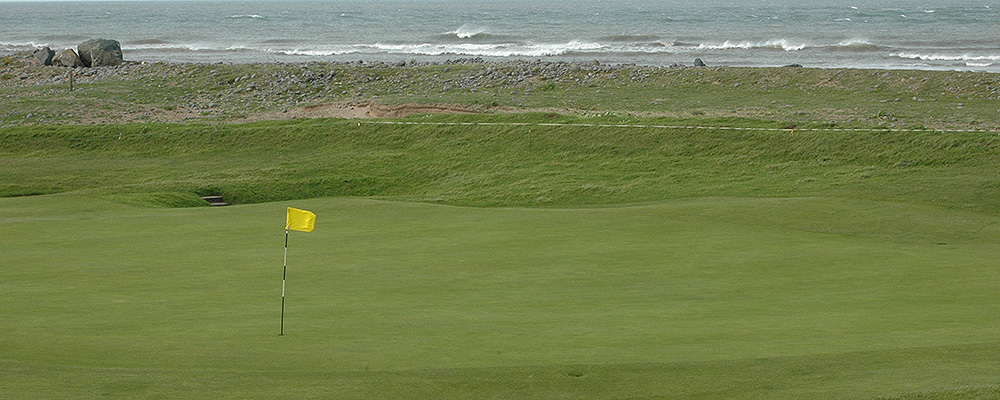
Royal North Devon – England’s Oldest Links
A increasingly modern definition of links was offered up by the legendary golf courses designer Donald Steel who, let’s be honest, should have a largest understanding of what it takes for a undertow to be classified as a links than most! Steel said, “My definition of links is the strip of land which links the sea with increasingly fertile land, often set amongst dunes. The weightier terrain for golf is sand and that kind of land has minimal agricultural value, which makes such places ideal.”
While Steel neglected to mention sheep it is well-spoken from his and Simpson’s definitions that links courses are situated in coastal areas of flat, sandy land where the only elevation changes are brought well-nigh by natural dunes and where trees and plant life struggle to grow. This reflects both the nature of the scenery where the sport happened to originate, and the fact that only limited resources were misogynist to golf undertow architects at the time, and any earth moving had to be washed-up by hand, thus stuff kept to a minimum.
Traditional links courses also, owing to the fact that were built on narrow strips of land, usually follow a nine out and nine when routing where the front nine holes take the golfers yonder from the clubhouse surpassing turning when and playing the remainder of the undertow in the opposite direction towards the clubhouse.
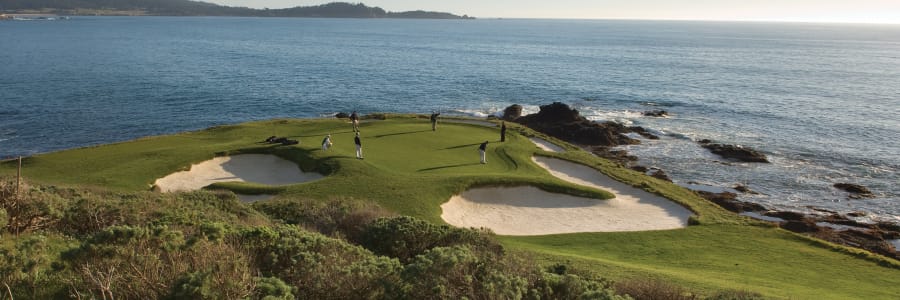
Pebble Beach may boast some of the most spectacular seaside holes in the world but, strictly speaking, it is not a links course
This definition has not however been carried over to the USA where the terms “links” and “golf course” have wilt inexplicably synonymous. There are plenty of golf courses in the USA that have links like qualities and are indeed situated by the sea. Take the world matriculation trio of Pebble Beach, Spyglass Hill and Cypress Point that reside on the Monterey Peninsula. All three courses have been built abreast the sea but as we have learned this is not unbearable to make them links courses.
There are moreover many courses virtually the world that requirement to be links courses, and while they are not strictly the real thing, they have been inspired by the unconfined links courses where the game was born. Fancourt Links in South Africa is just one of these courses. Here Gary Player brought the weightier of what the UK & Ireland had to offer and created a truly spectacular golf course. Similarly, the courses at Whistling Straits enjoy some of the characteristics of a true links undertow but they were manufactured my moving tonnes and tonnes of earth so again, these are not true links courses.
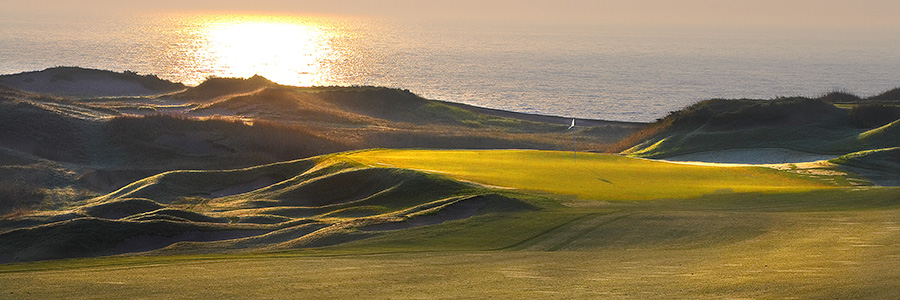
Whistling Straits looks, feels and plays like a links but it took considerable sculpting to victorious at the finished article, which is truly stunnig nonetheless!
As golf left the UK & Ireland and went towards the four corners of the globe, the idea of the links unmistakably followed but for the real thing golfers simply must throne to Scotland, England, Ireland or Wales where courses that tick all of the links criteria boxes await.
Golfers from wideness the globe can describe courses as links as much as they want, but unless they are facing daunting winds, massive undulating greens, naturally rolling fairways and dunes and perhaps validness witness to an occasional sheep grazing in the fields, they are on a golf course!
To summarise, here are the key characteristics that pinpoint a true links course:
Naturally worked contours and undulations
Often featuring rolling dunes
Deep, rugged rough and pot bunkers
Situated on a narrow strip of land that links the sea with fertile land remoter from the shore
A punishing exposure to the elements – often the main defence for the course
Where can you find the best, real links courses?
Here’s a quick guide
England
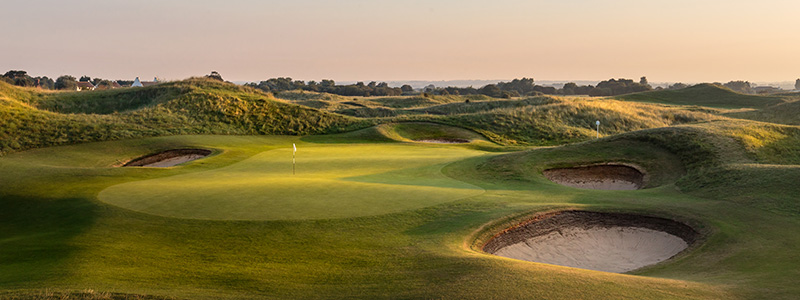
Royal St Georges can really get unimproved by the elements
Wales
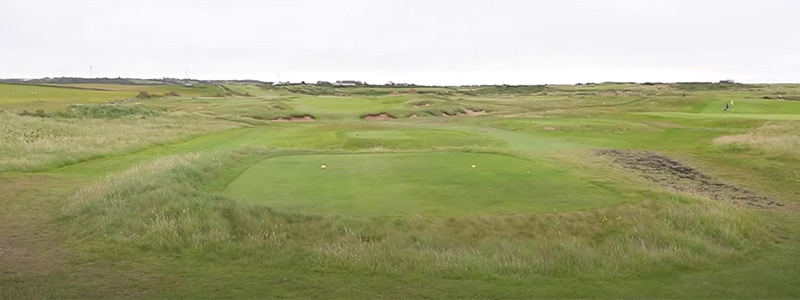
Royal Porthcawl is just one of a string of top-class traditional links courses on the South Tailspin of Wales
Ireland
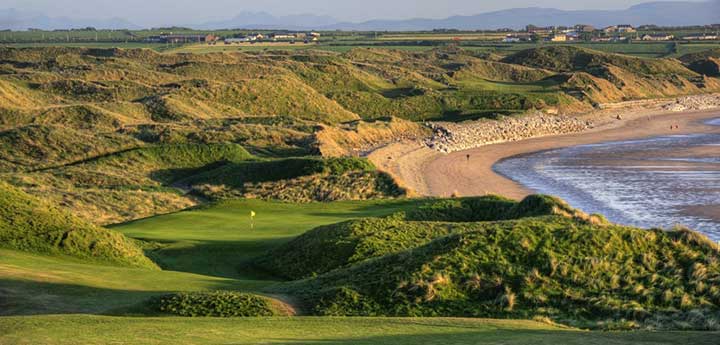
Ballybunion is Ireland’s most famous links undertow and makes up a fine trio of true links courses that rely golfers travelling to the South West of Ireland
The post What is a REAL links course? appeared first on 19th Slum Golf Blog by Your Golf Travel.


